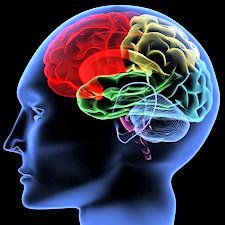
|
Some Common Myths Thought to be True - Myth 83
Myth 83: People use Just Ten Percent of their Brains
The 10% statement may have been started with a misquote of Albert Einstein or
the misinterpretation of the work of Pierre Flourens in the 1800s. It may have
been William James who wrote in 1908: "We are making use of only a small part
of our possible mental and physical resources." Perhaps it was the work of Karl
Lashley in the 1920s and 1930s
that started it. Lashley removed large areas of the cerebral cortex in rats and
found that these animals could still relearn specific tasks. We now know that
destruction of even small areas of the human brain can have devastating effects
on behavior.
|
| Human Brain | |
|
What data were used to come up with the number - 10%? Does this mean that you
would be just fine if 90% of your brain was removed? If the average human brain
weighs 1,400 grams (about 3 lb) and 90% of it was removed, that would leave 140
grams (about 0.3 lb) of brain tissue. That's about the size of a sheep's brain.
It is well known that damage to a relatively small area of the brain, such as
that caused by a stroke, may cause devastating disabilities. Certain
neurological disorders, such as Parkinson's Disease, also affect only specific
areas of the brain. The damage caused by these conditions is far less than
damage to 90% of the brain.
|
|
| ⇦ Back to Myth 82 Return to Myth Choices Page 6 On to Myth 84 ⇨ | |